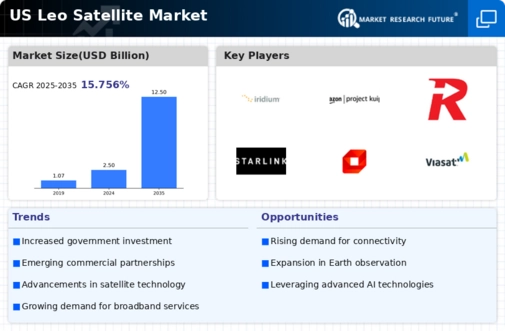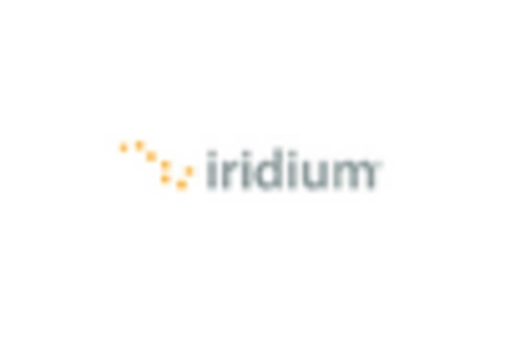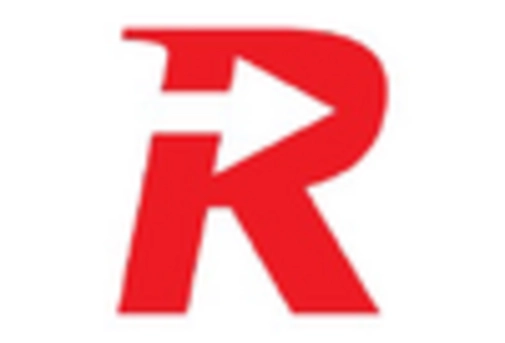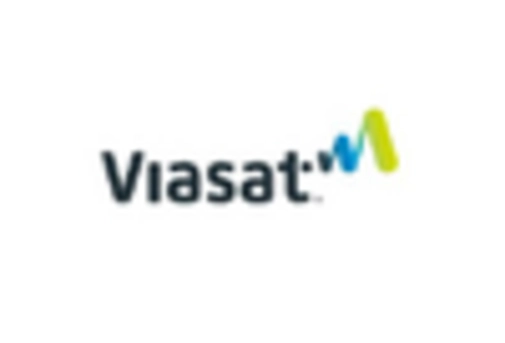The competitive landscape of the US Leo Satellite Market is characterized by rapid innovation, strategic partnerships, and a growing demand for satellite-based communication and data services. With advancements in technology, numerous companies are vying for a foothold in the low Earth orbit sector, which has become increasingly pivotal in providing solutions for connectivity, Earth observation, and global data telecommunications. As organizations look to enhance their infrastructure, the competitive dynamics are shaped by factors like technological expertise, cost efficiencies, service reliability, regulatory considerations, and partnerships with governmental and commercial entities.
The race for market leadership involves not only established aerospace firms but also emerging startups that bring disruptive technologies into play, resulting in a continuously evolving marketplace where agility and innovation are paramount.Iridium Communications has established a robust presence in the US Leo Satellite Market, primarily through its extensive network of low Earth orbit satellites that facilitate global voice and data communication services. The company's strength lies in its unique offering of pole-to-pole coverage, which ensures reliable communication capabilities even in remote regions where traditional cellular networks are ineffective.
This has positioned Iridium as a key player in various sectors, including maritime, aviation, and government applications, where reliable communication is critical. The strategic partnerships that Iridium has formed with various aerospace and telecommunications companies further bolster its market presence, enhancing its operational capabilities and service delivery across different industries.
This competitive edge is further amplified as Iridium continues to invest in its technological infrastructure, thus maintaining its leading role in advancing satellite-based communication solutions in the US.Astra Space has carved out its niche in the US Leo Satellite Market by focusing on the development and launch of small satellites and payloads for customers looking to enhance their data collection and communication capabilities. The company’s strength lies in its innovative launch systems, which are designed to reduce costs and increase accessibility for small satellite operators.
Astra Space is committed to providing flexible launch options, thus appealing to a diverse customer base ranging from governmental agencies to commercial enterprises. Moreover, Astra Space has actively pursued partnerships and collaborations with various entities in the aerospace sector, enhancing its service offerings and market reach. The strategic moves in mergers and acquisitions also indicate the company's aim to increase its capabilities and access to new technologies within the US region, solidifying its position as a competitive force in the low Earth orbit satellite landscape.
The combination of affordable launch solutions and an agile operational strategy positions Astra Space favorably within the dynamic US Leo Satellite Market.




















